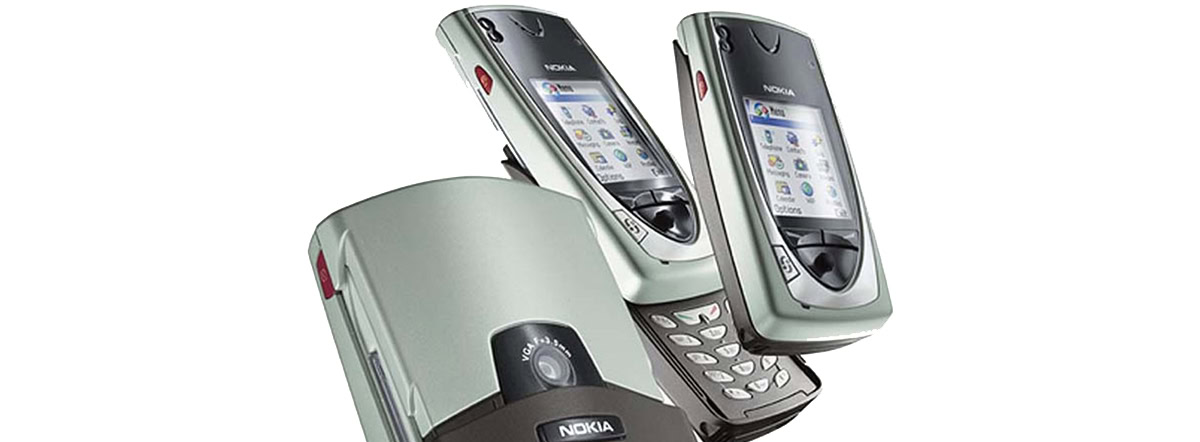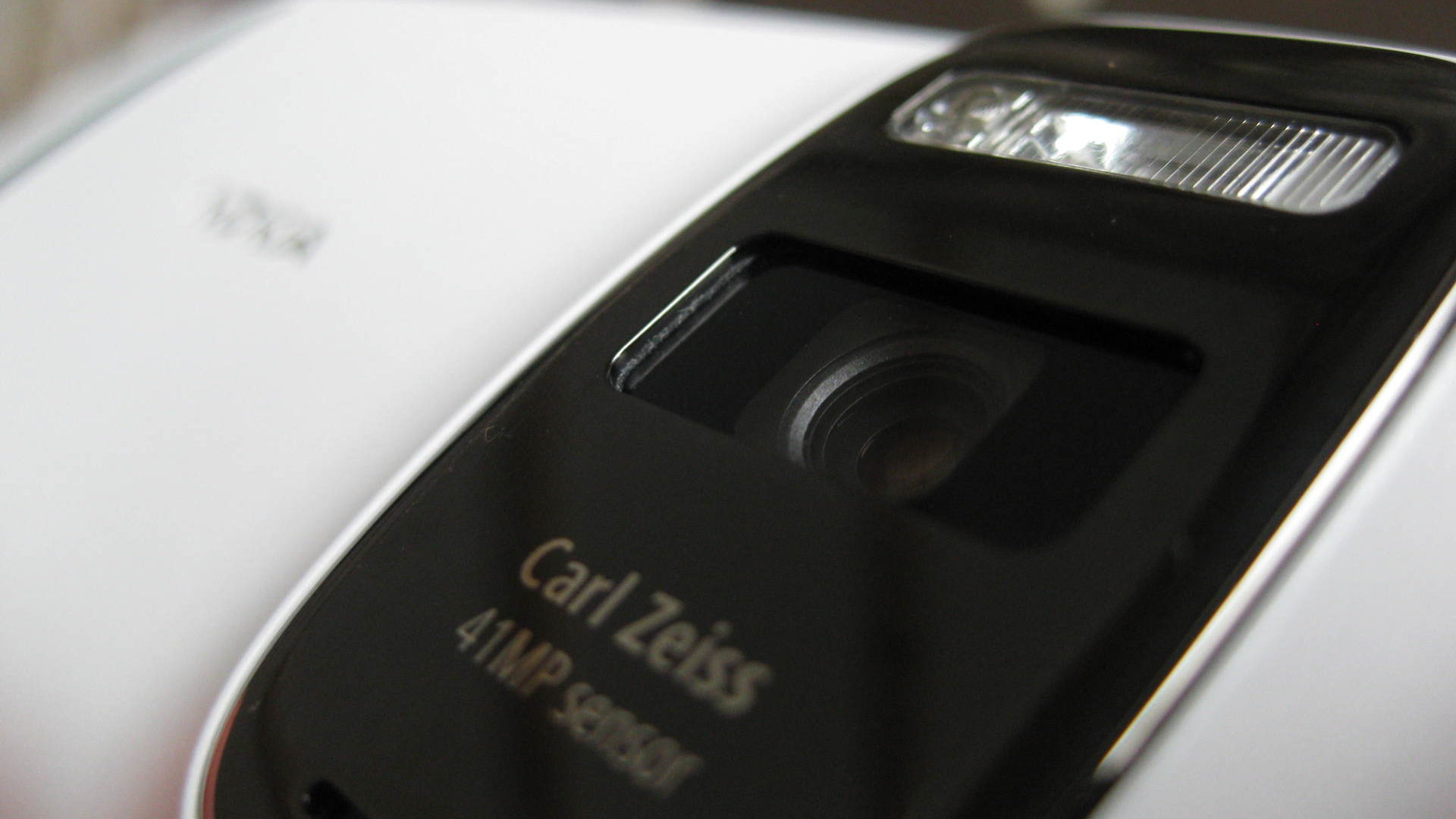Affiliate links on Android Authority may earn us a commission. Learn more.
Throwback: Mobile camera tech was amazing even before iPhone and Android
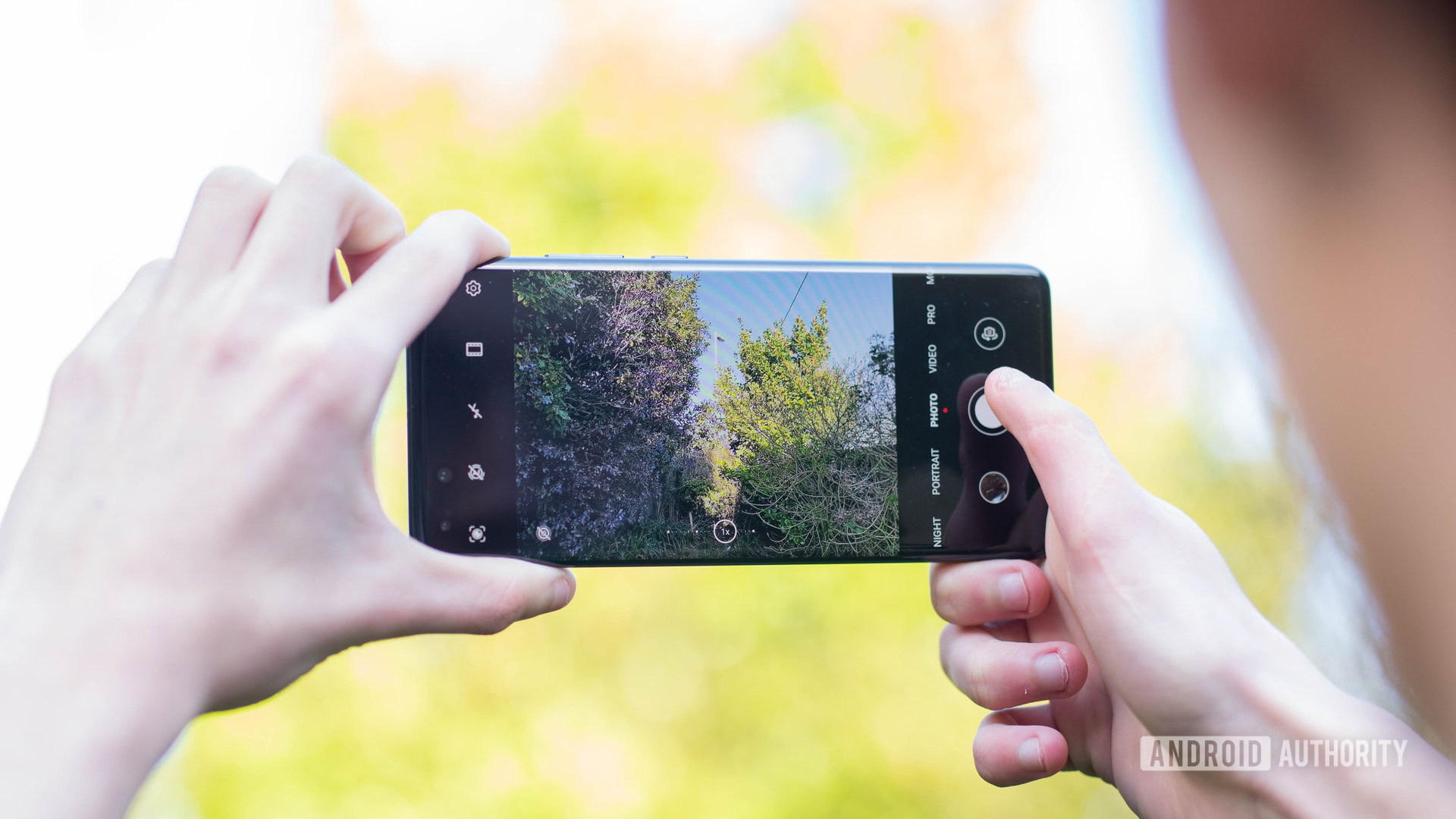
There are few things we take more for granted than snapping a quick photograph with our phones. The rise of computational photography paired with multiple lenses and the inherent convenience factor have made smartphones the default choice for most users. While it has been years since smartphones completely destroyed the point and shoot market, even high-end SLRs have been facing the heat.
Read more: The best Android camera phones you can buy
However, the camera phone heavy-hitters of today stand on the shoulders of giants. Sure, it might seem that we’re seeing a rapid increase in the pace of photography-related innovations but you’d be surprised to know just how many of these have been attempted before, sometimes well over a decade ago.
In fact, in many ways, we’ve come a full circle. Let’s look at some of the defining moments in phone camera history and how they shaped modern camera phones.
The first camera phones
It took more than a few iterations to get to our current definition of camera phones. When Sharp introduced the J-SH04 — the first camera phone — in Japan back in 2000, little did it know it would set a precedent for the smartphone industry.
The first camera phones shipped with paltry sub-VGA resolution cameras but they put forward the idea of on-the-go convenience and the ability to capture a moment no matter where you were.
The first camera phones had barely usable cameras but the convenience cemented the importance of smartphone imaging.
It quickly became obvious to the entire industry that cameras in smartphones were going to be a key feature going forward.
Nokia introduced its first true camera phone the following year. The Nokia 7650 was the first Nokia camera phone to integrate a VGA camera into a popular slider design and was the first device from the Finnish major to ship with MMS capabilities. Combined, it allowed any user to easily shoot and share images with friends and family anywhere around the world.
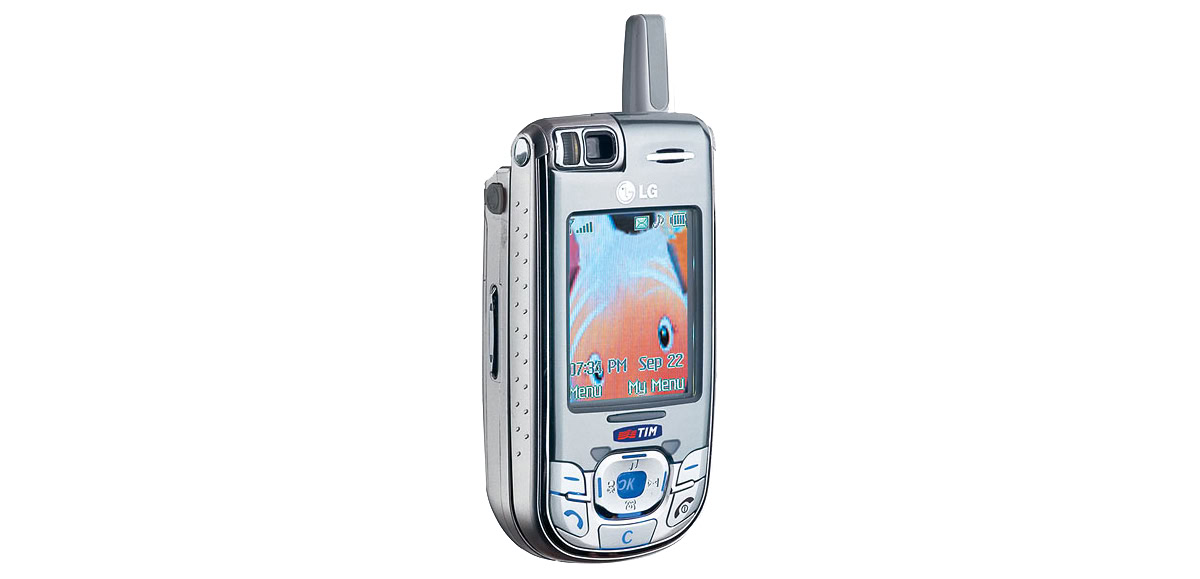
The floodgates of smartphone imaging had been opened and innovation began to flow. Thought the ASUS Zenfone 6 with its flip camera was unique? Well, LG did it first with the A7150 and followed it up with a range of phones with rotating cameras that could be handily moved over to the front.
The golden age of smartphone innovation
2006 to 2009 was truly the golden age of early smartphone innovation when manufacturers were willing to take a bet on interesting form factors while pushing the limits of smartphone imaging capabilities.
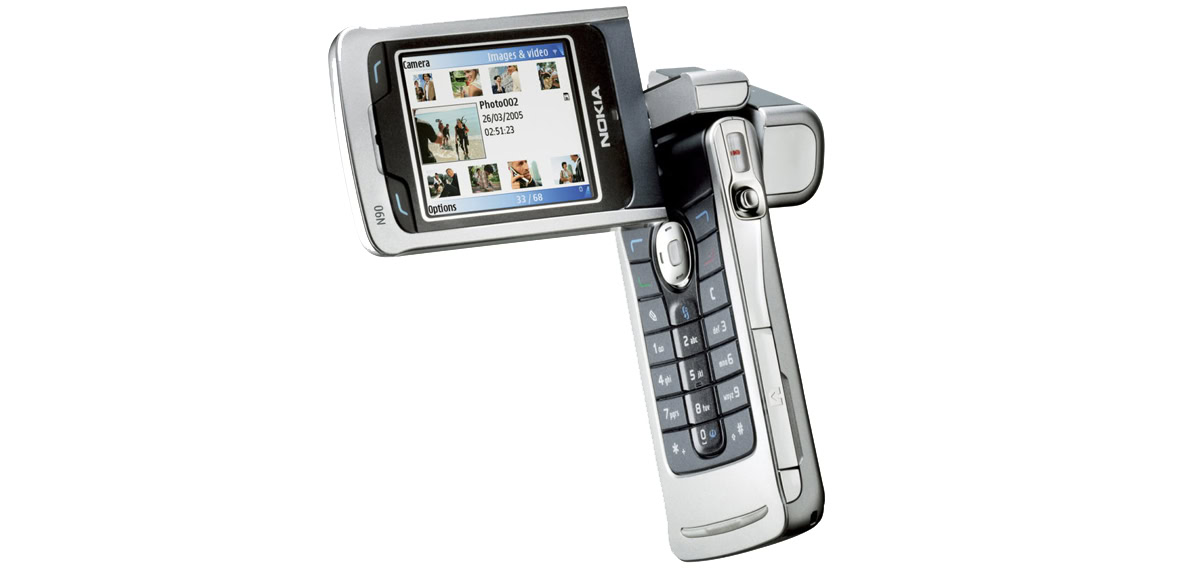
When Nokia’s introduced it’s N-Series of premium phones, it established a benchmark for quality in smartphone imaging. It all started with the Nokia N90 and its whacky camcorder-like form factor making it the first Nokia camera phone with a focus on video capabilities. As a 15-year-old tech-enthusiast at the time, I distinctly remember drooling over the pocket camcorder-style form-factor and the sheer possibilities afforded by it.
Smartphone manufacturers truly embraced unique form factors and imaging capabilities from 2006-2009.
Under the N-series, it debuted crazy form factors like the N93 that combined a 3.15MP sensor with Carl ZEISS optics and an honest to goodness full-range telephoto lens.
Yes, you read that right. Introduced in 2006, the phone let you flip it over into a camcorder style format with a full-motion assembly affording up to 3x optical zoom. Even today, few phones bar the ASUS Zenfone Zoom and Galaxy S4 Zoom have attempted this.
Dive deeper: Camera zoom explained: How optical, digital, and hybrid zoom work
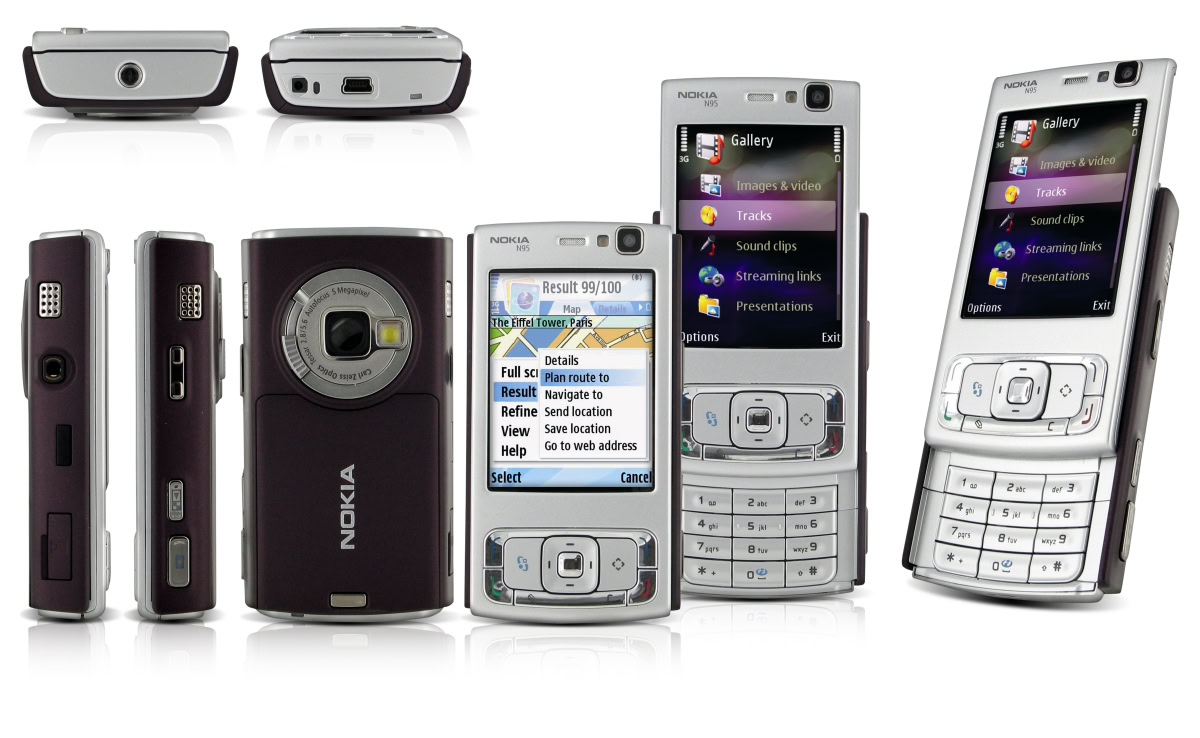
However, the real legend proved to be the dual-sliding Nokia N95. Equipped with a 5MP camera and Carl ZEISS optics, the phone took tack-sharp images that still hold up today. The camera set-up debuted here spawned a few variants like the N95 8GB, but more importantly the Nokia N82.
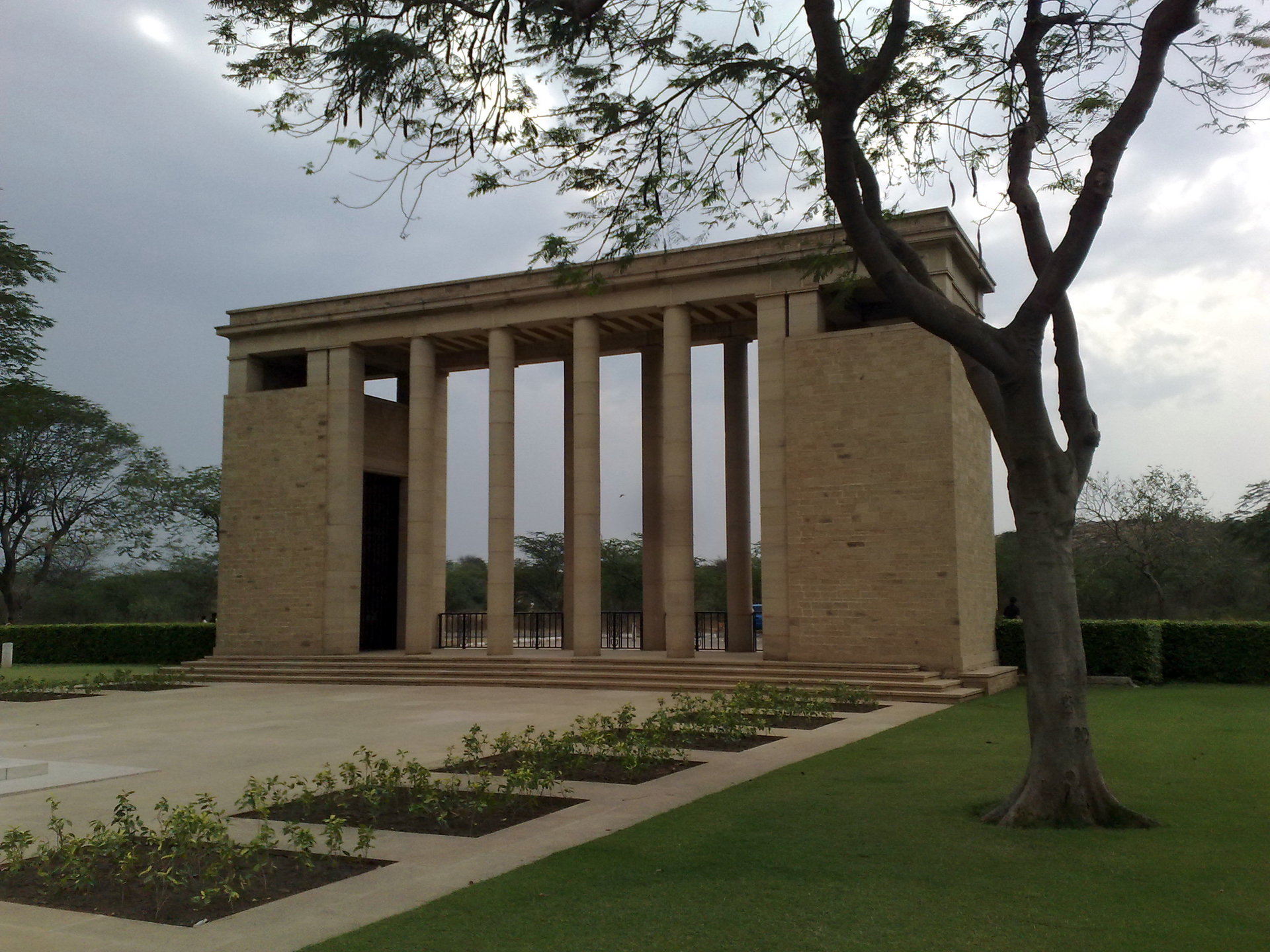
The latter ended up being my first “smartphone” purchase. As a budding photography enthusiast, the incredible 5MP camera paired up with a xenon flash had me weak in the knees and I ended up saving months to be able to pick up the phone.
Running the Symbian operating system (remember that?), I have fond memories of using proto-apps to pipe up my photos to Flickr while on the go. The Nokia N82 was a constant companion due to its formidable imaging capabilities and the versatility of being able to capture quality images, no matter the lighting conditions.
Related: 15 best camera apps for Android
Today, the image above doesn’t stand out as special, but the versatility of the phone made me a true believer in the future potential of smartphone imaging and let me capture moments that simply wouldn’t be possible on most other hardware back in 2007.
Rival Sony Ericsson was also dipping into the expertise of its camera division and pushing out quality hardware under its K-series of phones. The K850i stands out as a particular highlight.
From Carl-ZEISS to Schneider-Kreuznach and Cybershot, the mid-2000s saw smartphone manufacturers tying up with veteran photography brands.
It drew inspiration from the T-series of compact cameras and included essentials like a quality 5MP camera and xenon flash, but played-up a renewed focus on video with triple LEDs. The camera was also capable of shooting burst mode shots of up to 9 images. Meanwhile, the automatic lens cover was a stand-out feature.
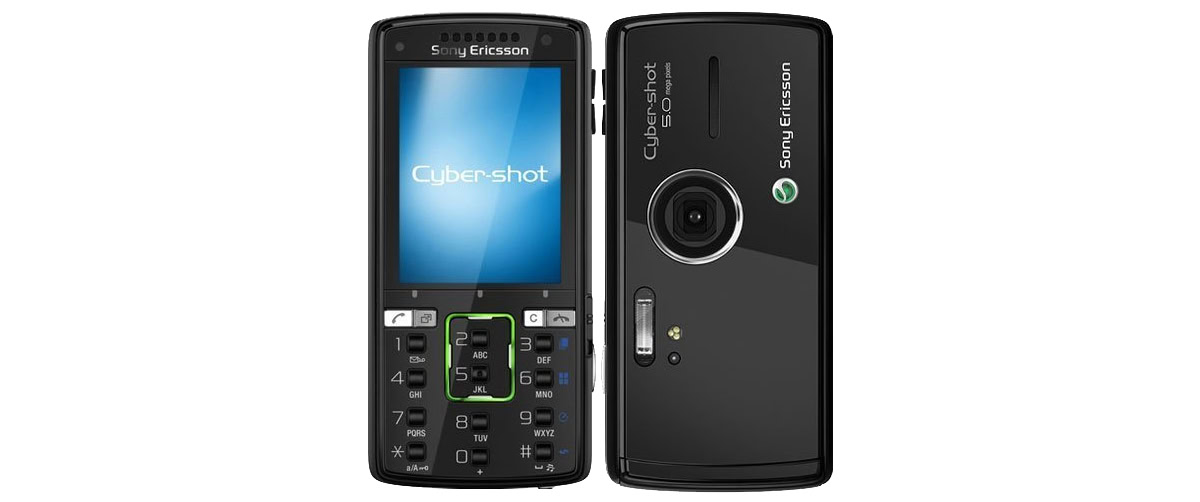
This was truly a quality portable camera stuffed inside a feature phone form-factor. In fact, this Sony Ericsson camera phone could even shoot macro shots, a feature that’s only now starting to get common on modern phones.
By now the message was clear: high-quality imaging was table stakes and we started to get some truly out-there designs.
LG, for one, went all-in with the KU990 Viewty. It is hard to imagine any smartphone manufacturer taking a bet like this today, but LG’s phone took the kitchen sink approach towards building a camera phone.
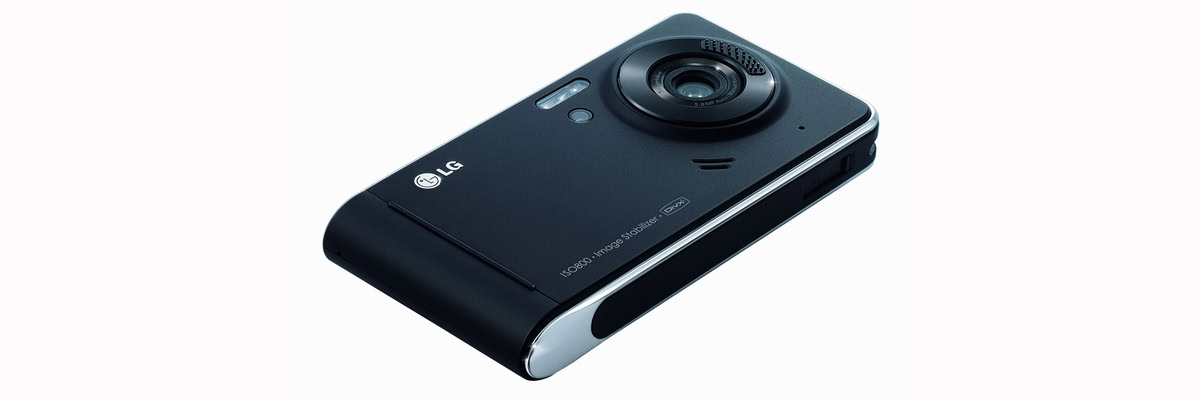
To go up against Nokia, it tied up with German optics giant Schneider Kreuznach to help add some much-needed finesse to the lenses. The Viewty included a strobe flash, a video light, and even a focus-assist beam for better low light focusing.
Things got a lot crazier at the top with a slider switch to toggle between camera modes, a dedicated shutter button, and a quick toggle switch for stabilization. I’ve got to say, a volume rocker makes a poor replacement for a shutter key and I definitely miss the tactile feel of a proper two-stage shutter key on a phone.
Being a full touch-enabled phone, it even afforded slightly less cumbersome image editing. And unlike the competing hardware, video could be shot at all the way up to VGA resolution. Incredible.
For lack of HDR capabilities, smartphones dabbled in variable apertures and neutral density filters to shoot in bright sunlight.
With anemic processors and the ensuing lack of computational photography capabilities, manufacturers had to resort to innovative and, to be fair, more traditional solutions for common problems.
For example, you might take HDR photo capture for granted, but back in the mid-2000s, smartphone processing power simply wasn’t enough for real-time high dynamic range imaging. Motorola was the first to come up with an innovative approach to tackling high-brightness scenarios.
The Motorola Zine ZN5 introduced a variable aperture mechanism that could switch between f/2.8 for low-light settings and go all the way to f/5.6 for a tack sharp day-light shot. It even tossed in a xenon flash with the 5MP sensor for a complete imaging package.
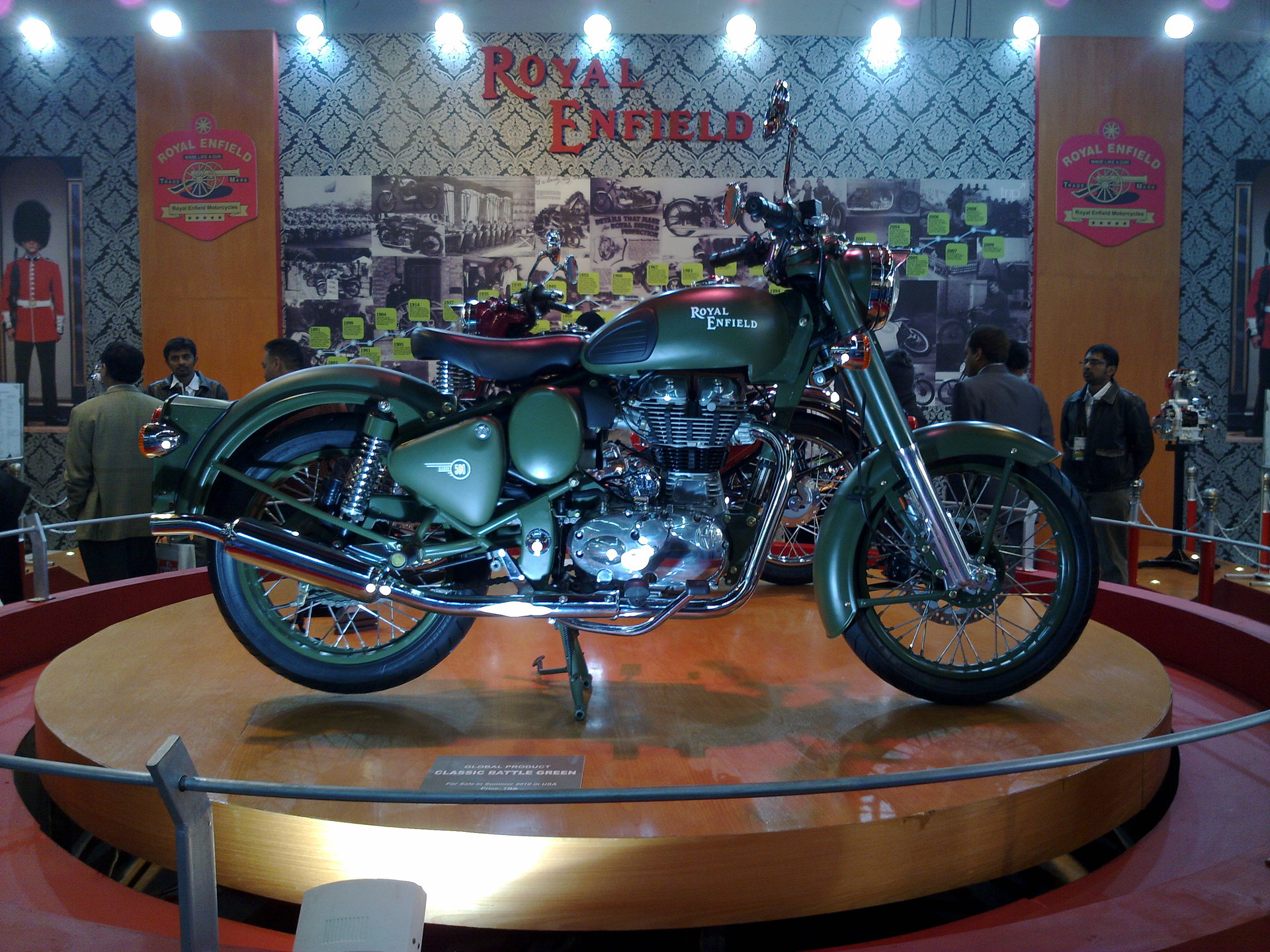
Nokia attempted a similar approach with the N86. The company’s first phone with an 8MP sensor, it packed variable apertures and a mechanical shutter, all of which worked in tandem to deliver better images in challenging conditions. We saw this later on the Samsung Galaxy S9.
It is easy to see the commonalities and differences between the three major players of the time. Clearly, the resolution had to go up, but where Nokia decided to build a high-quality camera within a smartphone, Sony Ericsson and LG tried to toss a phone into a camera.
While it is cool to look at the unique and almost out-there hardware options, it was Nokia’s discrete yet functional approach paired up with the capabilities afforded by the Symbian operating system that won the popular vote.
Related: Want a phone with a great camera? Here’s what to look for
The megapixel wars begin
With 5-megapixels established as the de facto standard, we saw the beginnings of the megapixel wars in the smartphone space. It was an obvious continuation of what had already happened in the consumer camera market. More had to be better, yes?
Samsung introduced the first 8MP mobile camera on the i8510 and started a fierce competition in the industry. Next year, in 2009, the company topped it with another first.
The megapixel wars had begun, and resolutions shot up every year.
The Samsung W880 wasn’t just the world’s first 12MP camera phone, but it also introduced 30FPS video recording for the first time. Admittedly, this was still limited to 720p resolutions, but it was yet another step in pushing forward video capabilities on a phone.
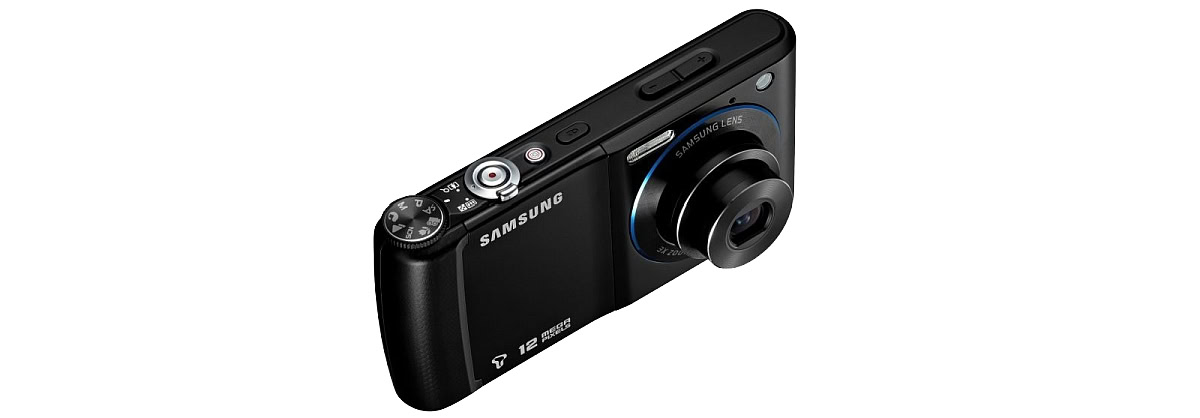
Additionally, it packed a treasure trove of features including a variable aperture, xenon flash, and even a dedicated mode selection ring. The design harkened back to the days of point and shoot cameras. Unfortunately, the lack of any smart capabilities made the W880 dead on arrival for all but the biggest mobile photography fans.
Nokia’s phone first approach, however, was about to pay big dividends. 2010 saw the release of the Nokia N8, a phone that placed importance on sensor size over cramming in more pixels. A bigger sensor, by its very nature, acquires more light and the light-capturing capability of a sensor photosite is directly proportional to image quality.
Related: Looking for a new phone? Watch out for these camera marketing trends
Arguably one of the most important imaging smartphones ever made, the Nokia N8 stuffed a massive 1/1.83-inch sensor into an aluminum shell that was almost sleek by 2010 standards.
As a young 20-year old backpacking across Europe, the N8 was the only camera I needed and my pocket camera saw little to no use. Pictured above is a shot captured late in the evening in Barcelona. A shot that few phones at the time could have nailed.
The Nokia N8 was capable of capturing incredible images, and you could count on the phone to capture the moment no matter the lighting.
That massive sensor didn’t just enable high-quality imaging during the day but also allowed enough light-gathering capacity for low-light imaging. Add to that a xenon flash, and you had the makings of a killer photography-focused device.
But that wasn’t it, Nokia even threw in a neutral density filter into the mix to allow for photography in particularly bright conditions.
Read more: 6 tips for improving low light smartphone photography
Oversampling, the PureView way
Today, we’re amazed by high-resolution cameras going all the way up to 108MP for oversampled high-quality shots. Did you know that the technology originally debuted on the Nokia 808 way back in 2012?
The Nokia 808 trounced the N8’s sensor with a massive 1/1.2-inch 41MP sensor, a record that remained unbeaten all the way till 2019 when the HONOR View 20 shipped with a 48MP sensor.
Nokia reused the 808’s sensor in the Windows Phone running Lumia 1020, but the results weren’t quite as good due to the limitations imposed by the operating system.
The real magic was in how the phone introduced the concept of computational photography to the smartphone space. The default output from the 41MP sensor was set to 5MP for 7-into-1 pixel binning.
This not just reduced noise, but also increased the sensitivity of the sensor for better low-light imaging.
The Nokia 808 took things one step further still. The oversampling was completely dynamic in nature and allowed for lossless zoom. As you moved through the focal-range, the Nokia 808 dynamically adjusted the amount of oversampling to ensure optimum image quality. While it still wouldn’t hold up against a true telephoto lens, the results were astonishing by 2012 standards.
Finally, oversampling further improved low-light imaging that combined with the large sensor and xenon flash allowed you to capture noise-free shots even in poorly lit conditions. The Nokia 808 PureView would prove to be the swan song for the Finnish company’s imaging and Symbian efforts.
Read more: 108MP sensor vs computational photography: Which one wins?
Phone camera history was amazing before Android and iPhone
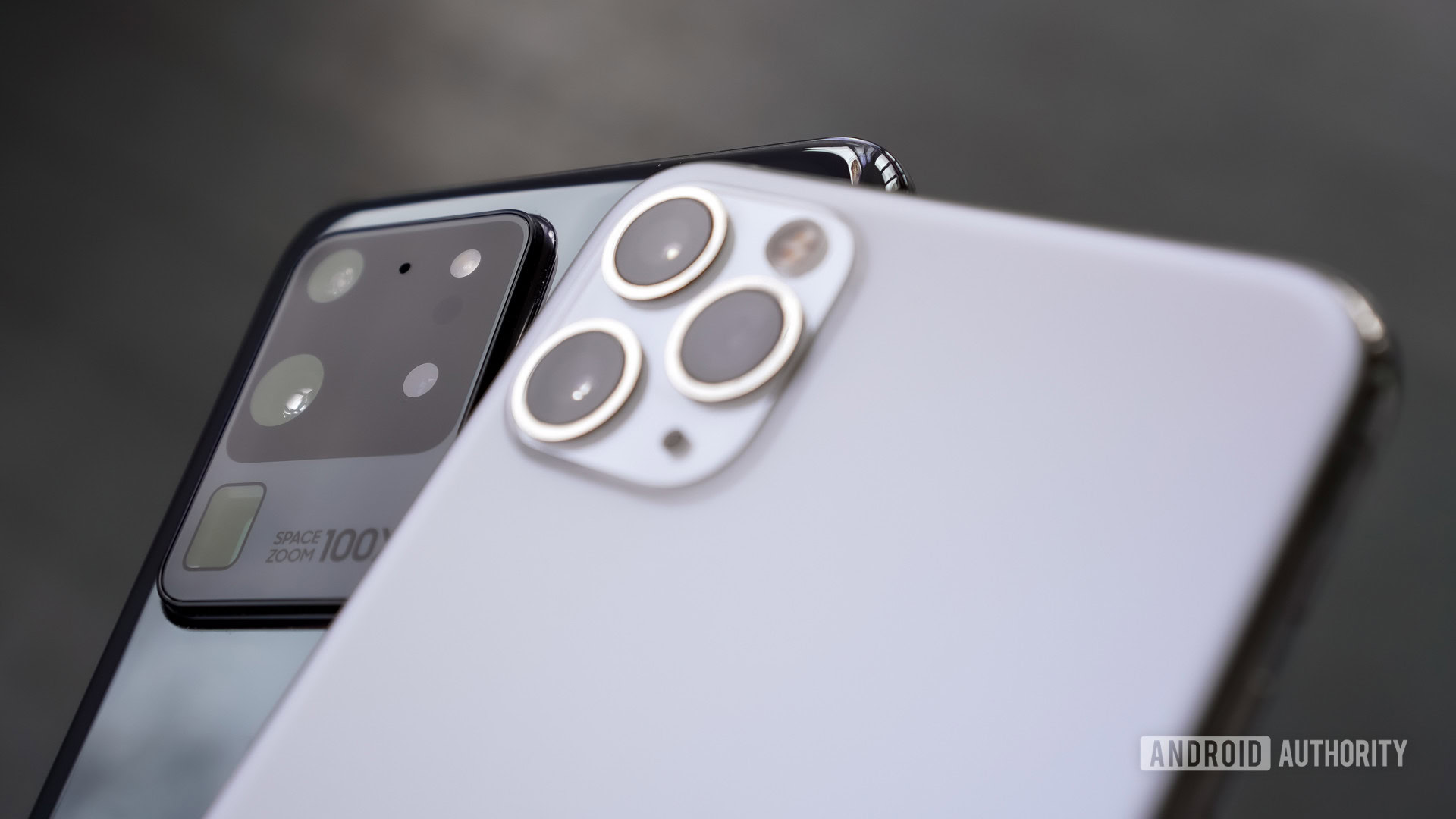
The rapid advancement of mobile camera technology and ever-shortening smartphone cycles make it easy to forget older hardware. However, it is that same hardware that has enabled or at-least put pressure on the industry to improve imaging in tangible ways for users.
Also read: The best budget camera phones you can buy
It might be a gross simplification, but in many ways, a lot of the smartphone technology debuting today is simply a significantly improved and overhauled version of concepts that have already been attempted. And I, for one, cannot wait to see what the next decade brings to the world of smartphone imaging.
